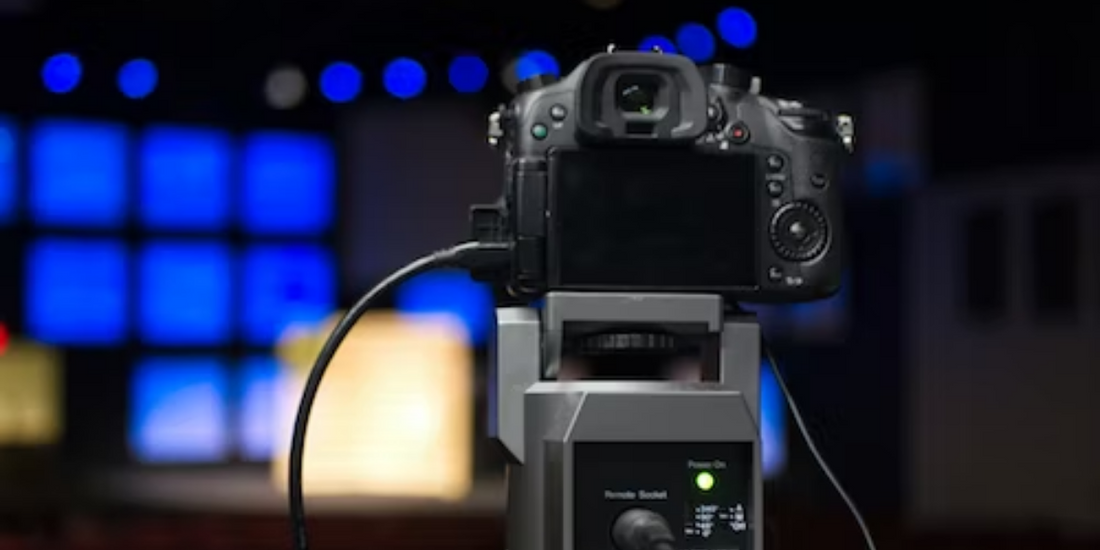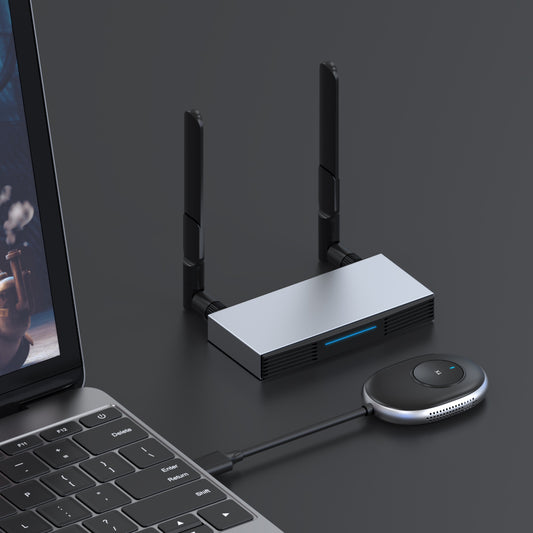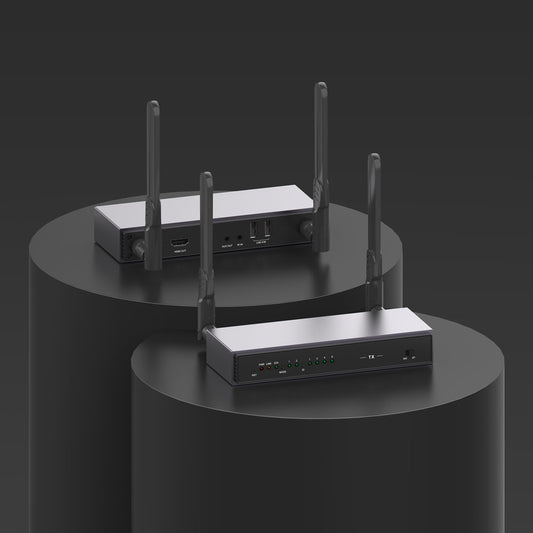
Just 3 steps: The Easiest Way To Formulate Church AV
Church film and television may be more important than you realize. Every year, more and more churches are built all over the world. We usually think that places of worship are out of date and out of date. Many churches have beautiful buildings, but the pictures and acoustics are not good enough, and the benches are still vacant.
However, other congregations have set standards for integrating cutting-edge tools and interacting with worshippers. Instead of relying solely on a public address system made up of microphones, mixers and speakers,. In order to increase the participation of members, some churches are integrating the latest cutting-edge audio and video systems to enhance communication.
So how can we catch up with these advanced church AV?
Design Considerations For Church AV
We've developed several specifications for church AV throughout the years that we believe are particular to these sacred settings. The following suggestions should be taken into account while designing a fresh or enhanced church AV system:
Design with enough of good lighting so that worshippers and readers may read their hymnals or texts.
Make sure your speaker system emits high-quality, organic sound to make the sermon understandable every week.
Give audio quality precedence over video quality.
Think about the design and construction of your sanctuary. (The outside design of your AV technology shouldn't be a throwaway; it should blend in with the nearby religious embellishments and symbols.)
Errors To Avoid While Designing Church AV Systems
Whether you're designing a brand-new church AV system from scratch or making improvements to an existing one, there are specific AV faults that churches should avoid making. Consider the following advice as you consider your installation alternatives and various equipment options:
- Don't cut costs by purchasing subpar equipment. Simply put, less expensive, lower-quality components don't survive as long as more expensive, higher-quality ones. You don't want to be continuously fixing church AV equipment because it will be utilized frequently (at least a week) and put through a workout each time. In light of this, prioritize value over price while shopping, and think about investing in machinery that offers the highest level of quality you can afford. In the long run, it can end up saving you both time and money.
- NOTE: If cost is still a significant priority for you and other important decision-makers, give up features before giving up quality. It's usually preferable to spend more on for a basic piece of gear from a renowned manufacturer than showy extra capabilities from a less reliable budget manufacturer.
- Ascertain that your technical director is familiar with your new technology. Make sure your technical director and AV director are acquainted with the manufacturers and equipment be installed before placing an order for an church AV system (or new components for an existing system). If they require additional instruction, ask your installer for it. Your technical director must be completely familiar with the finished system in order to operate it properly and serve as its initial troubleshooter.
- Consider what your church could need as it expands. Consider your future needs additionally when purchasing an church AV system rather than basing it simply on your existing requirements. For example, establishing a system capable of supporting 15-20% expansion will prevent the need for a system upgrade any time soon. Such adaption typically entails installing:
- a more modern mixing console with even more connections for inputs and outputs than a soundboard.
- equipment for handling streaming live.
- a bigger screen or speaker setup.
- Buy no equipment from a "resi-mercial" manufacturer. The needs of a church are unlikely to be successfully served by a residential AV brand or one that caters to both homeowners and business users. Instead, search for reputable commercial AV manufacturers whose products are made to withstand the requirements of a crowded religious service every week.
- Make sure the AV programmer you select places a high priority on equipment maintenance. It's a good idea to have a backup plan in case you need to change your mind about the purchase. In your initial discussions with the integrator, bring up the question. A service-level agreement is crucial because, for the majority of mortals, repairing a malfunctioning AV system is not a situation that lends itself to do-it-yourself solutions; if a difficulty should arise, it's best not to be surprised, especially in a setting with high usage like a place of worship.

Church AV Solutions: Installation Or Upgrade Stages
Goal-setting is the first stage.
You probably have other objectives for your AV installation besides raising the caliber of your productions. Some of them could consist of:
- Being able to stream live (increasingly significant post COVID-19)
- Broadcasting to an additional room
- Distributing audio and video around a big space
- Increasing the band or choir's acoustics
Depending on your objectives, the amount of cash that you could invest in church visual communication equipment would vary tremendously, which is why phase one's availability is so crucial.
Establish your budget in Stage 2.
Secondly, create a budget that will help you achieve your objectives. Consider the following cost ranges while making your decisions:
- If a small- to medium-sized church (with up to 400 members) wanted to upgrade their complete system, they could anticipate spending between $50,000 and $250,000.
- A medium- to large-sized church (one with 400–900 members) will likely spend between $250,000 and $500,000 updating their entire system.
- Spending between $1 million and $2 million is likely for an additional amount church that requires live streaming, broadcasting to many campuses, complex stage light, or other cutting-edge technology.
At this step, you must also take into account the following factors:
1. the space's square footage;
2. its ceiling height;
3. its arrangement. Your church AV system cost must increase in direct proportion to any increase in any of the initial two components. All three of these elements are crucial in figuring out how much horsepower and projection your technology will need to supply as well as if an AV integrator will indeed be able to add the features you want.
Choose an integrator in stage three.
Choose an AV integrator—a business that creates and implements church AV alternatives build your system after deciding on your budget and objectives.
Think about the following factors when selecting an AV integrator:
- Evidence of prior experience with churches of your size
- Occupational certificates
- effective manufacturing collaborations
- Good disposition
When engaging an integrator, it's critical to establish your objectives and financial constraints (Stages 1 and 2). This is because you'll need to talk in-depth with the systems engineer about what they're able to achieve within your budget.
A knowledgeable AV provider will be prepared to see your ideas, let you know if your budget has any holes, and suggest solutions if your objectives don't match your resources. Workarounds could involve cutting back on desired features, lowering output, or launching your project in stages as money becomes available.
Cooperate With Proscreencast To Create A High-Quality Church AV
Even with written advice like this one, it's not always simple to produce a high-quality production on a tight budget.
Proscreencast has extensive experience with church AV solutions and is more than happy to help churches realize their vision. Looking forward to serving you.








